
Published 2023-04-11
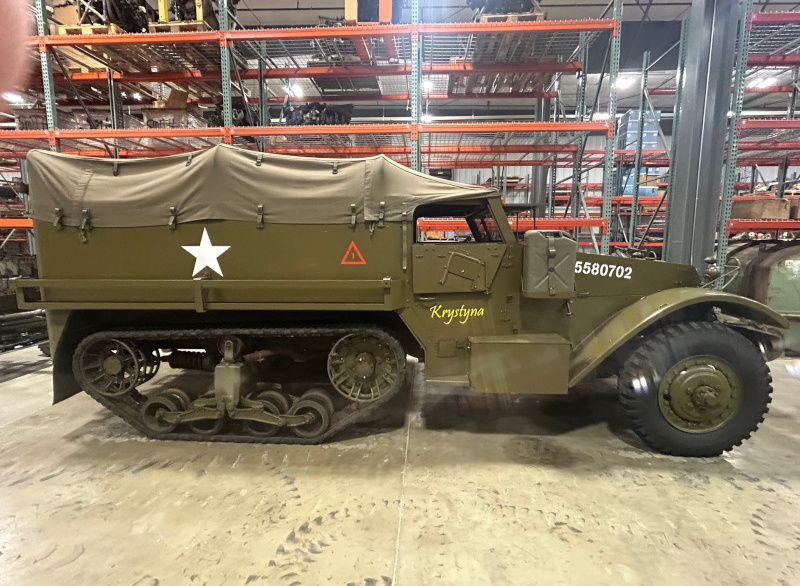
The International Harvester Company (IHC) M5 half-track we will be driving in this year's Dubois (Wyoming) 4th of July parade!
By Staff
M5 half-track in this year's Dubois (Wyoming) 4th of July parade!
Check out the International Harvester Company (IHC) M5 half-track we will be driving in this year's Dubois (Wyoming) 4th of July parade! IHC began manufacturing M5 half-tracks in mid-1941 when White, Autocar, and Diamond T could not keep up with the demand for M3 half-tracks.
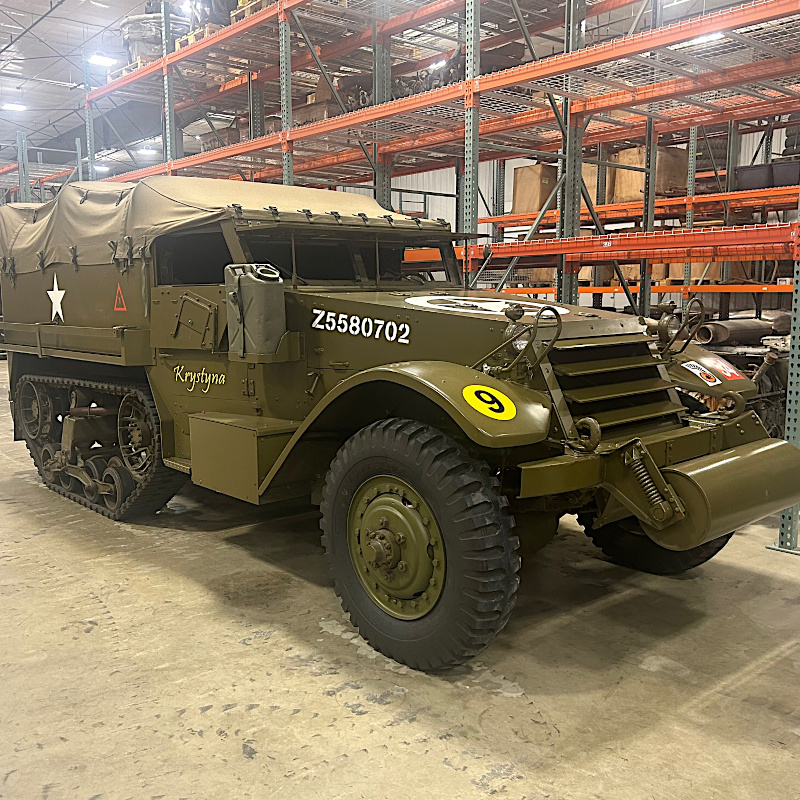
Many consider the IHC M5 to be the best U.S. half-track ever built with its thicker armor, its rolled homogeneous steel armor that could be welded instead of bolted, heavier "banjo" model axles, and the RED-450-B engine with overhead valves.
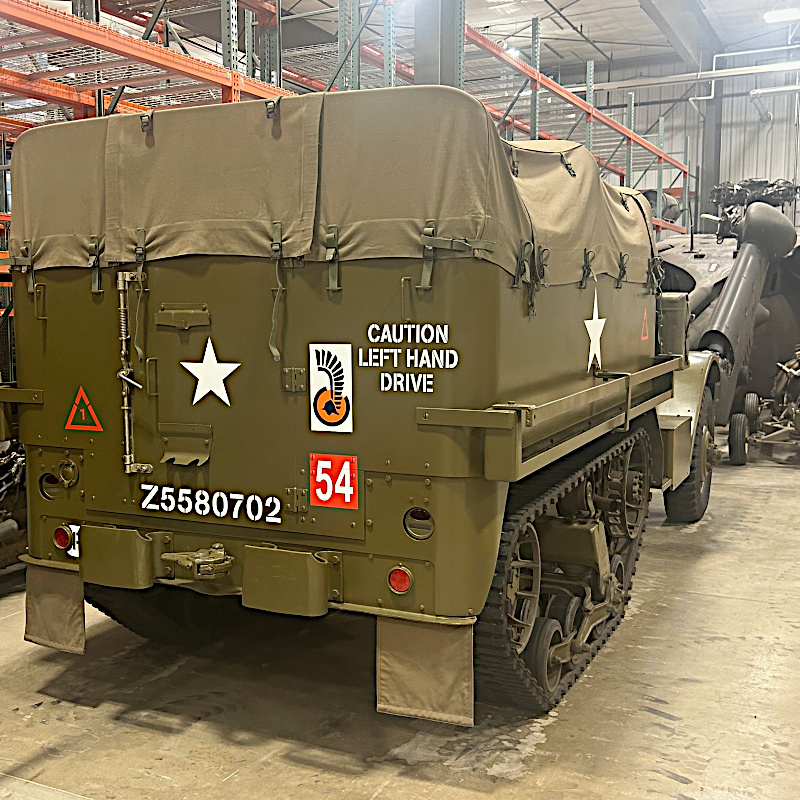
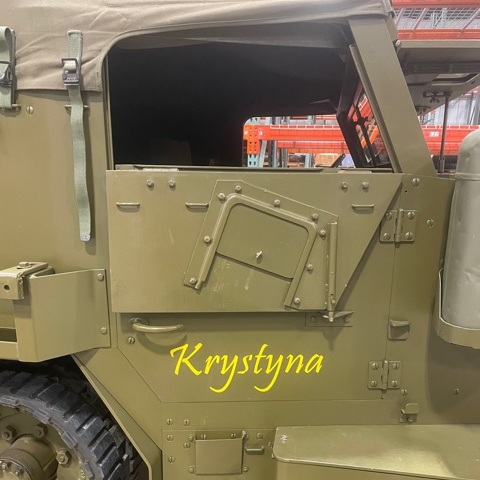
This particular M5 is full of history. It took part in the liberation of Europe during World War II. This M5 then was deployed to French Guiana for extended service before returning to Europe in the early 1980s. Upon its return to Europe, this M5 was restored to its to its original condition through 2,500 hours of labor by what today is B.A.I.V. in The Netherlands.
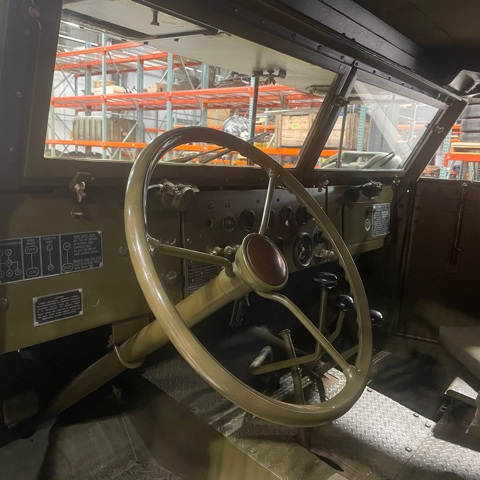
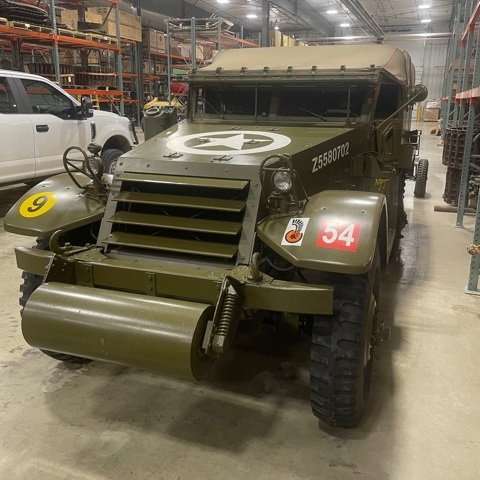
This M5 is named "Krystyna"in tribute to WWII Polish spy Maria Krystyna Janina Skarbek. Krystyna's exploits are detailed in the biographies "Christine: A Search for Christine Granville" authored by Madeleine Masson and "The Spy Who Loved" by Clare Mulley.
The M5 half-track played a significant role in World War II and was one of the most important vehicles used by the Allies. The half-track was a versatile vehicle that could carry troops, supplies, and equipment, and was used in a variety of roles throughout the war.
The M5 was an improved version of the M2 half-track, which had been used in World War I. The M5 half-track was powered by a 147 horsepower engine and had a top speed of 45 miles per hour. It could carry up to 11 troops, or 2,000 pounds of cargo, and was equipped with a .50 caliber machine gun for self-defense.
One of the primary uses of the M5 half-track was as an armored personnel carrier. The vehicle was used to transport troops to the front lines and provide them with cover as they advanced. The half-track was also used as a mobile command post, allowing commanders to move with their troops and remain in communication with their headquarters.
In addition to its use as a personnel carrier, the M5 half-track was used to transport supplies and equipment. The vehicle could carry ammunition, food, and medical supplies, and was often used to resupply troops who were in the field. The half-track was also used to tow artillery and other heavy equipment, making it an essential component of many Allied operations.
The M5 half-track saw action in many theaters of the war, including North Africa, Italy, and Western Europe. It was used extensively by the US Army and also by the British and other Allied forces. The vehicle proved to be reliable and effective, and its versatility made it a valuable asset on the battlefield.
Perhaps the most famous use of the M5 half-track was during the D-Day invasion of Normandy. The vehicle was used to transport troops and equipment onto the beaches and provide cover as they advanced inland. The half-track was also used to evacuate wounded soldiers, carrying them back to the safety of the beachhead.
Overall, the M5 half-track played a crucial role in World War II. Its versatility and reliability made it an essential component of many Allied operations, and its use as a personnel carrier, supply vehicle, and equipment transporter proved invaluable. The M5 half-track helped the Allies achieve victory in Europe and remains an important piece of military history.
Don't miss your chance to see this historic half-track in operation! Join us at the Dubois 4th of July parade and witness a piece of American history come to life.